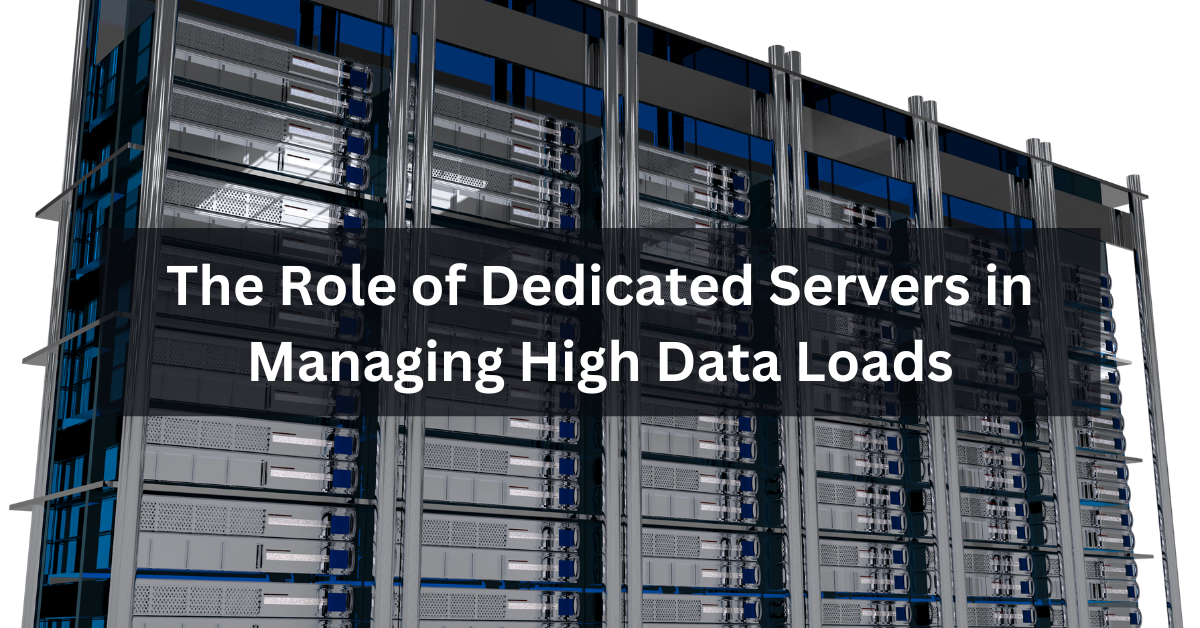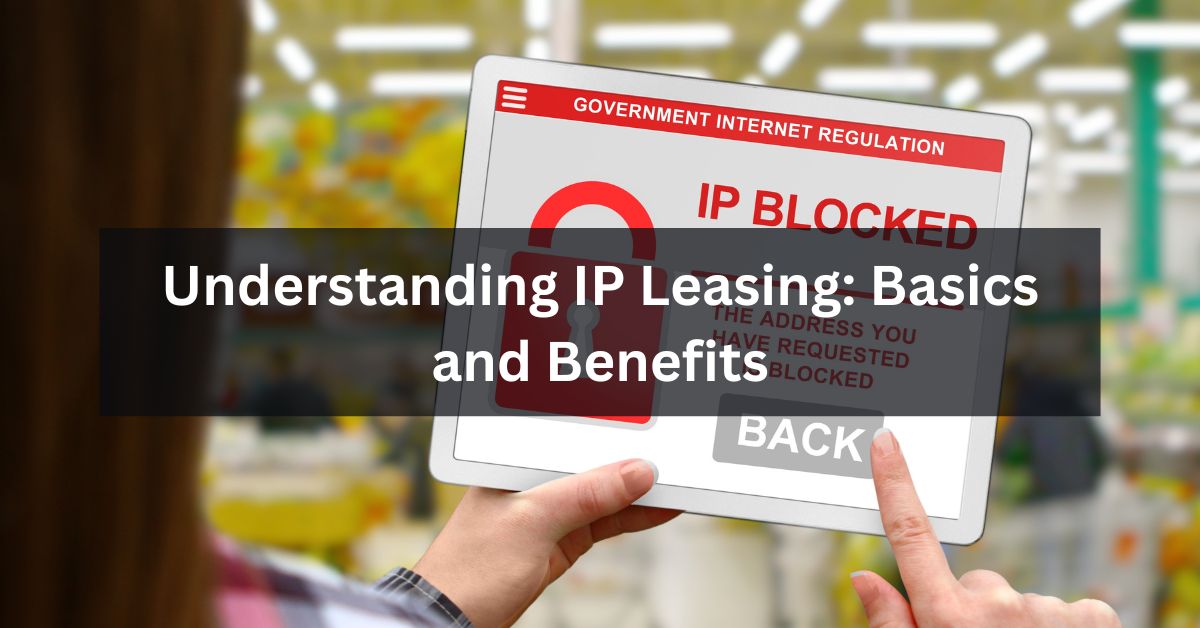The Role of Dedicated Servers in Managing High Data Loads
Introduction In an age where data is king, dedicated servers are the powerhouses behind the scenes, ensuring that digital operations run smoothly under heavy data loads. These servers are not just essential; they are indispensable in sectors where downtime equates to lost revenue and compromised security.
What Makes a Server “Dedicated”? Dedicated servers are single-tenant solutions, meaning they serve one client exclusively. This setup provides full use of the server’s CPU, RAM, and storage resources, allowing businesses to handle large volumes of data without the performance issues that can plague shared environments.
Technical Specifications that Power Performance
- Processor Power: Dedicated servers typically boast powerful processors that can handle intensive computational tasks efficiently. This capability is crucial for data-heavy applications like large databases or real-time data processing systems.
- RAM Efficiency: Ample RAM in dedicated servers ensures that data access and processing are swift, facilitating faster response times even under high demand.
- Storage Solutions: With options for both HDDs for large storage and SSDs for speed, businesses can tailor their storage solutions based on their needs, optimizing for either capacity or speed.

Mastering High Traffic: Dedicated Servers at Work Dedicated servers excel in managing high traffic through several key mechanisms:
- Load Balancing: By distributing incoming data requests across multiple servers or resources, load balancing ensures no single server bears too much burden at once, maintaining speed and reducing latency.
- Advanced Network Setup: High-quality, enterprise-grade networking is a hallmark of dedicated servers, providing the necessary bandwidth to handle simultaneous data inputs and outputs without congestion.
- Scalability: While dedicated servers provide significant resources, they also offer scalability options through additional hardware or configuration adjustments to accommodate growing data needs.
Industry Spotlight: E-commerce In e-commerce, dedicated servers manage everything from customer transactions and inventory data to user analytics. The ability to handle sudden surges in traffic during sales or promotional events without slowing down is a testament to the robustness of dedicated server setups.
Challenges and Solutions While dedicated servers are powerful, they come with challenges such as higher costs and the need for specialized management skills. However, the return on investment often outweighs these challenges, particularly when downtime or data breaches can have far more severe financial implications.
Future Trends in Server Technology The future of dedicated servers includes enhancements in energy efficiency, integration with AI for predictive analytics, and more advanced security protocols. These developments will further empower businesses to handle even larger data loads more efficiently.
Conclusion Dedicated servers remain at the forefront of managing high data loads due to their reliability, performance, and security. As data-centric operations continue to grow, the role of dedicated servers will only become more critical in supporting the backbone of the digital economy.
Key Takeaways
- Performance: Unmatched by shared or virtual server alternatives, especially under high data load conditions.
- Security: Enhanced through physical and software measures, crucial for sensitive data.
- Scalability: Essential for growing businesses, ensuring they can expand their resources as needed.













